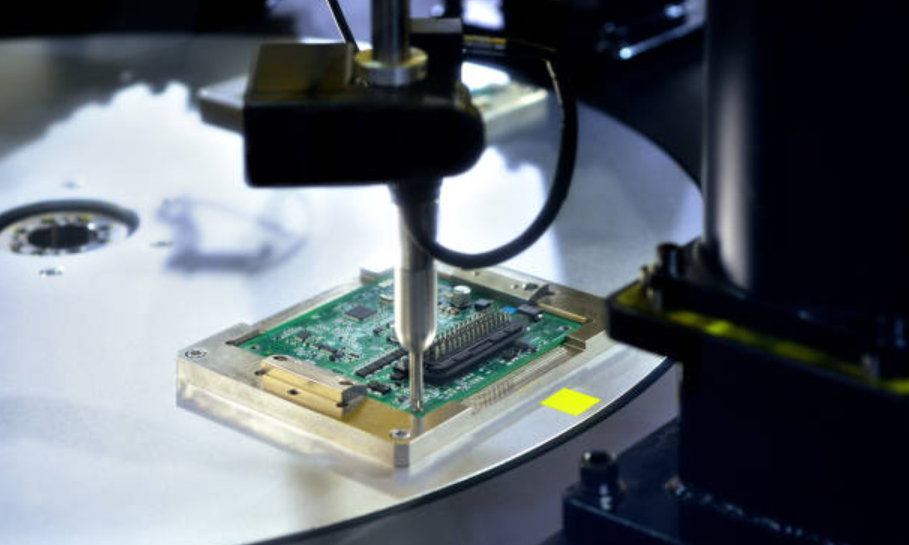This is interesting, in that the west’s sanctions against China is causing China to embrace Open-Source RISC-V chips that are set to take over servers and computers. A lot of server technology has been transitioning to Arm, but RISC-V open-source architecture is set to take over from there and it all has to do with fees to manufacture chips. Consequently, I’m most looking forward to getting a SBC version to play with, and I must say the latest Raspberry Pi 5 Arm SBC has been quite good as I have it running a Bitcoin Node.
By Ysa Panganiban
China aims to reshape the global semiconductor industry and bolster resistance against US sanctions, evident in September when a Beijing military institute unveiled a pioneering patent for a high-performance processor.
The People’s Liberation Army’s (PLA) Academy of Military Sciences utilized the open-source RISC-V standard to enhance chip reliability in applications ranging from cloud computing to smart cars.
Unlike conventional architectures dominated by Western giants like Intel and Arm Holdings, RISC-V operates as an open-source instruction set, providing a neutral ground in the geopolitically charged tech landscape. This attribute has spurred Beijing’s strategic investment in RISC-V, aimed at reducing reliance on Western technology amid escalating trade tensions.
China’s commitment to RISC-V is evident in the significant funding directed towards RISC-V projects, surpassing $50 million between 2018 and 2023. This investment has yielded tangible results, with Chinese firms leveraging RISC-V chips to power diverse applications, including self-driving cars, AI models, and data centers.
One of the key advantages of RISC-V lies in its simplicity and adaptability, facilitating energy-efficient chip designs tailored to specific needs. This flexibility has fostered a mature ecosystem in China, driving innovation and fostering indigenous chip development.
China’s Semiconductor Supremacy

Notably, half of the over 10 billion RISC-V chips shipped globally by 2022 originated from China, underscoring the nation’s growing prowess in semiconductor technology.
While RISC-V initially faced skepticism due to performance gaps compared to established architectures like Arm, ongoing advancements and increased adoption are narrowing the divide.
Chinese entities, including state-owned enterprises and academic institutions, have spearheaded RISC-V research and development, leveraging its potential to circumvent technological constraints imposed by Western sanctions.
The emergence of RISC-V as a viable alternative reflects broader shifts in the semiconductor landscape, with demand for customizable, energy-efficient chips driving its adoption. As China continues to invest in RISC-V, the technology could disrupt the dominance of traditional players, presenting a formidable challenge to established industry norms.
Despite its promising trajectory, RISC-V still grapples with entrenched incumbents like x86 and Arm. However, with sustained momentum and support from China’s tech ecosystem, RISC-V’s ascent signals a seismic shift in global semiconductor dynamics, underpinned by innovation and strategic foresight.